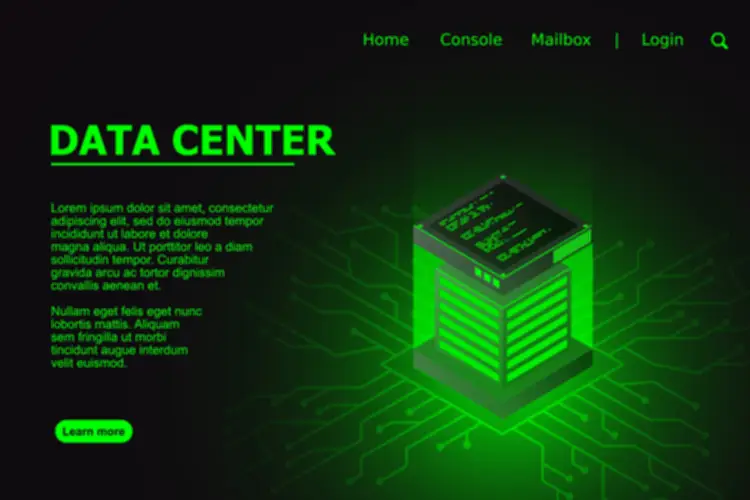The structure of Kubernetes is a testament to its capacity to offer a scalable and fault-tolerant environment for operating containerized applications. It empowers builders to build resilient and highly obtainable software program methods, the place the orchestration of containers turns into a seamless symphony of effectivity and reliability. Moreover, Kubernetes promotes collaboration amongst growth teams by providing a unified platform for managing purposes. It allows multiple groups to work on different parts of an software concurrently, guaranteeing seamless integration and reducing development time. This collaborative method fosters innovation and accelerates the software program development lifecycle. As groups adopt microservices and transfer towards cloud-native architectures, the software program testing course of has needed to evolve.

By integrating Kubernetes configurations into version control, groups can monitor modifications, collaborate effectively, and roll again to earlier states when necessary. Automation instruments, similar to CI/CD pipelines, further scale back handbook intervention, ensuring consistent and reliable deployments. Efficiently transitioning to a manufacturing setting on Kubernetes requires a mixture of strong safety practices, scalability measures, and automation instruments. By addressing these key components, developers can guarantee Static Code Analysis their functions carry out reliably and securely in a live setting.
This continuous workflow helps velocity up improvement and reduces the overhead of managing Kubernetes deployments regionally. By smoothly integrating tools like Minikube, Sort, and K3s, Skaffold provides an environment friendly method to enhance your local growth expertise on Kubernetes. Ubernetes is an open-source system, and whereas it presents powerful orchestration capabilities, it also brings its own set of security challenges.

Leverage Kubernetes Instruments For Orchestration
Different environments might require varying ranges of auditing, logging, and data encryption. A KSPM answer that provides AI-driven prioritization, built-in steering, and automatic workflows enables fast remediation of misconfigurations and vulnerabilities. Next, you may wish to examine Modernizing existing functions for Kubernetes. Now that we have explored the basics of Kubernetes and its architecture, let’s delve into the benefits it brings to software program development. With tools like Testkube, you’ll be able to cut back the time to release, boost developer productivity, and enhance take a look at protection throughout every stage of development.
Understanding Kubernetes Development Environments
It permits developers to outline and declaratively manage the position, scaling, and routing of containers, providing a scalable and extremely out there setting for working applications. Kubernetes is an open-source platform for automating the deployment, scaling, and management of containerized functions. It is a popular software for container orchestration and offers a approach to handle massive numbers of containers as a single unit somewhat than having to handle every container individually. Continuous integration and continuous supply (CI/CD) are essential practices for contemporary software improvement. Instruments like Argo CD and Jenkins could be integrated with Kubernetes to create automated pipelines for building, testing, and deploying purposes.
One of the major problems with crucial management is that it does not kubernetes based development go away any document of the adjustments you’ve deployed to your cluster. This makes it troublesome or unimaginable to recuperate within the event of failures or to track operational adjustments as they’re utilized to your systems. As you continue to discover the transformative energy of Kubernetes in software improvement, contemplate enhancing your team’s collaboration with Teamhub. Our platform is designed to convey small groups collectively, offering a centralized hub for all of your Projects and Documentation wants.
It reliably stores the configuration information of the cluster, representing the overall state of the cluster at any given level of time. Etcd favors consistency over availability within the occasion of a community partition (see CAP theorem). Kubernetes use load balancing to manage high demand traffic due to this your applications runs smoothly. This keep away from overloading and make certain that users at all times reach a working utility. Ryan Jarvinen provides comparisons between OpenShift and vanilla Kubernetes, and explains how Purple Hat helps developers construct, instrument, and handle containerized options that can be run securely on any infrastructure. Note as nicely that usually, you’d use a StatefulSet instead of a deployment to run a stateful application.

In addition to Kubernetes, OKD offers developer- and operations-focused instruments that help groups velocity up software improvement, efficiently deploy and scale, and preserve a long-term lifecycle. OKD lets builders create, check, and deploy purposes on the cloud, whereas also supporting a number of programming languages, including Go, Node.js, Ruby, Python, PHP, Perl, and Java. Kubernetes is a platform for managing containers, which bundle the code, configuration, and dependencies of an application, permitting it to run as an isolated course of with its personal sources. Every application gets its personal container or a number of containers, which are grouped into Kubernetes pods. By integrating Kubernetes into its structure, Heroku goals to merge the ability of modern infrastructure with its heritage of user-friendly growth environments.
Native environments also enable developers to work offline, making it handy for testing on the go or in areas with limited internet access or connectivity. Additionally, capabilities that present anomaly detection to stop security breaches and reply to incidents may be extremely useful, especially when integrated with SIEM instruments. KSPM platforms identify dangers, prioritize them based on severity, and supply actionable remediation steps.
- This setting is optimized for stability, performance, and security, as any arising points can immediately affect users.
- Managing Kubernetes deployments typically includes advanced YAML manifests for defining sources.
- Readiness probes are an analogous tool used to find out whether a pod is able to serve site visitors.
- This ensures CPU, reminiscence, and storage are utilized effectively, particularly in multi-environment setups.
- Instruments like Falco may help establish suspicious exercise inside your containers, enabling rapid response to security incidents.
- Grasp Kubernetes Ingress with this complete guide, covering key parts, configurations, and finest practices for efficient visitors administration.
In distinction, a production setting is where the applying runs in a stay, user-facing setting. This surroundings is optimized for stability, efficiency, and security, as any arising issues can directly affect customers. Configuration in production environments is often stricter to make sure excessive availability, knowledge integrity, and adherence to compliance standards. One key technique is setting resource limits for every surroundings throughout the cluster to forestall useful resource rivalry. This ensures CPU, reminiscence, and storage are utilized effectively, particularly in multi-environment setups.
In addition to useful resource limits, implementing autoscaling allows Kubernetes to adjust the variety of software replicas based mostly on workload necessities. Useful Resource contention can become a major concern when managing multiple environments on a single Kubernetes cluster. Development, staging, and manufacturing environments on native clusters could compete for the same CPU, memory, or storage sources, leading to efficiency degradation and system instability. Over the last decade, Kubernetes has earned its spot as the de-facto standard for internet hosting cloud-native purposes and microservices. Today, organizations that want deep control over their infrastructure are once again turning to Kubernetes to construct their AI coaching and inference platforms.
